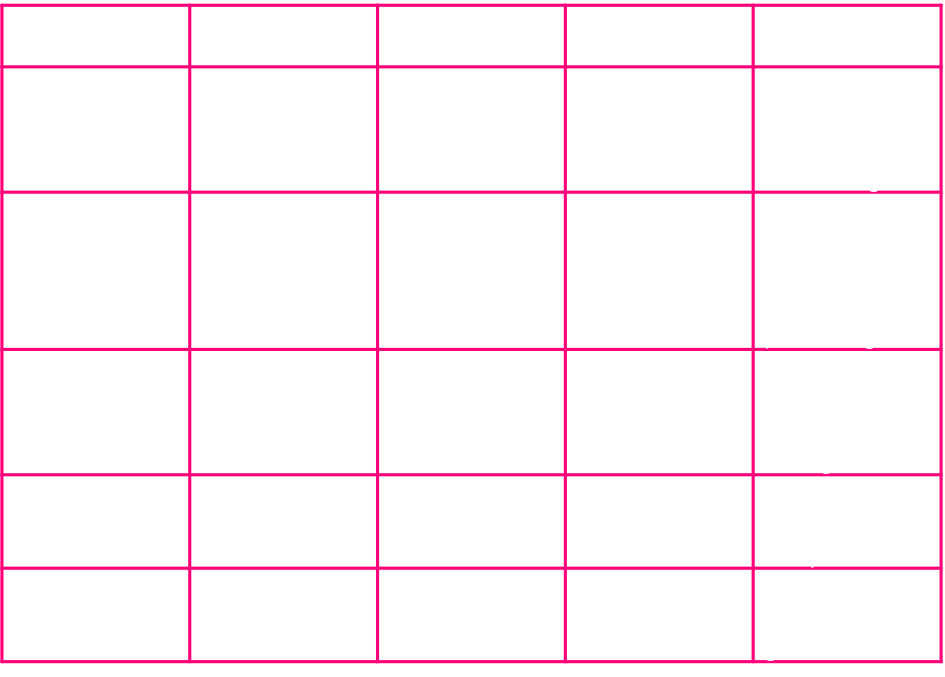The Scaling Dilemma
Introduction: Rethinking Scale in the Age of Digital Workers
Modern businesses—especially mid-market and private equity-backed firms—are under intensifying pressure to scale efficiently, without proportionately increasing cost or complexity. Whether managing post-acquisition integration, responding to macroeconomic pressure, or pursuing ambitious growth targets, the imperative is clear: do more with less, and do it faster.
Traditional scaling models—built around headcount, legacy platforms, or fragmented automation—are no longer fit for purpose. What were once enablers are now bottlenecks: rigid, siloed, and increasingly outpaced by business demand.
To stay competitive, organisations need a new kind of workforce—one that blends human ingenuity with machine precision. Enter the Digital Worker: not just a tool for task automation, but a strategic enabler embedded into the core of operations to unlock productivity, accelerate transformation, and improve EBITDA at scale.
This insight explores how organisations can evolve their approach to automation—embedding digital workers across their business functions to drive sustainable, enterprise-wide value.
What Are Digital Workers—and Why Now?
Digital Workers are software-based teammates, capable of executing structured, rules-based tasks rapidly and accurately, 24/7. But they’re more than bots. Powered increasingly by Generative and Agentic AI, they now interact, decide, and evolve within your core operations—not as add-ons, but as fully embedded contributors.
Unlike early RPA deployments that ran in isolated silos, Digital Workers now operate within business functions, receive tasks from human colleagues, trigger follow-ups, and deliver measurable value across workflows.
They aren’t replacing humans—they’re empowering them.
Every employee should have a digital counterpart handling the mundane, enabling them to focus on what truly matters: value creation.
From Process Automation to Business Co-Pilots
When implemented strategically, Digital Workers transform from a cost-saving initiative to a growth enabler. They can:
- Reconcile accounts and collect cash in real time
- Automate invoicing, payroll, and compliance processes
- Route customer service requests instantly and accurately
- Generate audit trails, reporting, and regulatory submissions
- Trigger workflows and complete tasks assigned by human colleagues
- Analyse data, draft content, and take proactive action via Agentic AI models
This is no longer about isolated efficiencies. It’s about creating intelligent, proactive co-workers that augment your team’s capabilities.
Adoption Is Accelerating—Fast
According to Deloitte, 73% of organisations have already begun implementing intelligent automation, with 93% expected to do so within two years.
The implication is clear: automation is no longer a competitive advantage—it’s a survival strategy. If you’re not building this capability, your competitors already are.
Why Mid-Market and PE-Backed Firms Should Act Now
Digital Workers offer the agility and scalability mid-market and private equity-backed companies need:
- Rapid ROI: From deployment to payback in under 3 months
- Low barrier to entry: Via cloud-native, low-code platforms
- Enterprise-grade scalability: Structured rollouts across multiple business functions
- Better margin control: With predictable cost and high throughput
Whether you’re preparing for exit or looking to stabilise post-acquisition, Digital Workers drive the kind of measurable, repeatable gains that impact EBITDA fast.
How to Embed Digital Workers as Part of Your Team
Treating Digital Workers like internal employees is key. This means:
- Clear ownership from business functions—not IT
- Defined KPIs, performance metrics, and review cycles
- Transparent reporting, just like human colleagues
- Integrated workflows, where humans and machines collaborate in real time
With Agentic AI, Digital Workers are no longer passive—they actively identify issues, make decisions, and adapt based on new data.
The result? A human-machine team that delivers exponential performance.
What Does Typical Adoption Look Like?

Cost vs. Value: The ROI Is Unmatched
Digital Workers typically cost:
- ~£100,000 in Year 1 (including setup, licensing, support)
- ~£50,000 per year thereafter
That’s on par with a junior FTE—but with 10–30x the output.
- Year 1 ROI: 300% minimum
- Year 2 ROI: 600% minimum
- Long-term ROI: 1000%+ potential
They don’t take holidays. They don’t make mistakes. And they scale without compromise.
What’s Next: From Task Execution to Autonomous Enablement
The automation agenda is shifting—fast. What began as isolated process optimisation is now becoming a strategic capability embedded across the enterprise.
Digital workers are no longer reactive task-doers—they are proactive, intelligent agents capable of navigating decision trees, selecting optimal actions, and escalating only when necessary. With the emergence of Agentic AI, these digital colleagues are beginning to operate with goal-oriented autonomy.
This is not a future state—it’s already in motion. The question isn’t if, but whether your business is ready.
Unlocking full value from automation requires a mindset shift:
- Aligning automation with strategic business goals, not just operational pain points
- Embedding digital workers into business functions with clear accountability and ownership
- Establishing a roadmap for continuous optimisation and cross-functional scalability
Those that get this right are accelerating cash flow, increasing resilience, and freeing up human talent for more valuable work. Those that don’t will struggle to keep pace—held back by legacy systems, siloed thinking, and outdated delivery models.
At Panamoure, we don’t just deploy Digital Workers—we embed them.
Through our GRID Framework, we assess your digital maturity, prioritise opportunities, and implement solutions aligned to strategic goals. We treat automation as a capability, not a tool and build Digital Workers that belong on your team.

